#statusMessage#
Do you want to start the compare now?
#statusMessage#
Do you want to start the compare now?

Our electromagnetic environment is heavily burdened due to the multitude of transmitters and sources of interference pre...

Automated test and measurement systems that are fully connected with instrumentation and test data can significantly inc...

Temperature is one of the most common risk factors in industry. Overheating can disrupt processes, reduce quality or cau...

Electric vehicles are the future - but what happens to the batteries when they can no longer be used in cars? Efficient ...
Manufacturer number: 1802.3000P92
| Article number: | 1802.3000P92 |
|---|---|
| Bandwidth (GHz): | 2 |
| Counter: | No |
| DVM: | Yes |
| Dimensions (L x W x H) (mm): | 403 x 462 x 107 |
| Function generator: | Optional: AWG 100 MHz |
| Interfaces: | USB, LAN, HDMI, DP |
| Model: | MXO5C-820 |
| Number of channels: | 8 |
| Number of digital channels: | 16 |
| Samplerate: | 5 GSa/s |
| Screen size: | 2.9", 7.37 cm |
| Screen type: | 296 x 128, e-ink display (EPD) |
| Segmentable memory: | Yes |
| Signal acquisition rate: | 4,500,000 wfms/s |
| Storage depth: | 500 MPts |
| Triggertypes: | Edge, Glitch, Width, Runt, Window, Timeout, Interval, Slew rate, Setup & hold, Pattern, State, Zone trigger, Sequence trigger (A/B/R trigger), Serial bus trigger |
| Vertical resolution: | 12-bit |
| Weight (kg): | 9.1 |
The compact Rohde & Schwarz MXO 5 C series oscilloscopes offer industry-leading technology that accelerates your understanding and testing of electronic systems. The MXO 5 C series is technically identical to the successful and proven Rohde & Schwarz MXO5 oscilloscopes. Due to their compact design with only 2 U, the oscilloscopes of the MXO5C series can be easily installed in racks or stacked on top of each other. The MXO5C series includes both 4- and 8-channel models with bandwidths of up to 2 GHz, a maximum sampling rate of up to 5 GSa/s, an acquisition rate of up to 4.5 Mwfm/s and a vertical resolution of 12 bit ADC (18 bit in HD mode).
This allows you to capture all the details of a signal and rare events with exceptional precision. The oscilloscopes offer digital triggering on all channels, enabling precise isolation of even the smallest signal anomalies.
With its 45,000 FFTs per second, the MXO 5 C series is suitable for viewing spectrum signals with unparalleled clarity in EMI and harmonic testing. With up to 99% real-time signal activity capture, the oscilloscopes significantly reduce the blind time between acquisitions, making them ideal for efficient debugging in a variety of applications, from power conversion to automotive analysis.
The MXO5C-92 variant presented here (Art.No.: 1802.3000P92) is the 8-channel oscilloscope with 2 GHz bandwidth.
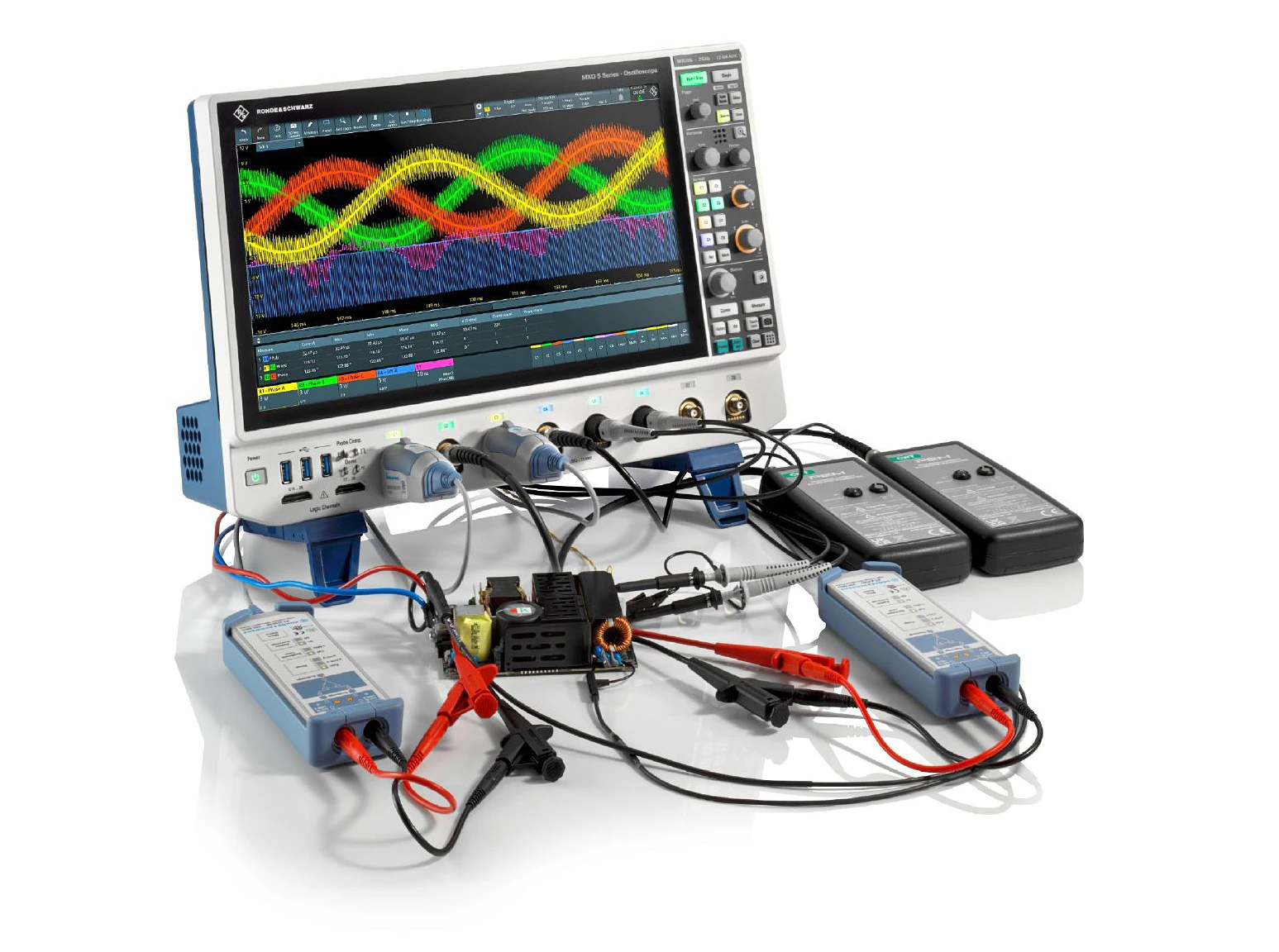
Modern oscilloscopes of the MXO Series from Rohde & Schwarz enable precise analysis and optimization of electric drivetr...
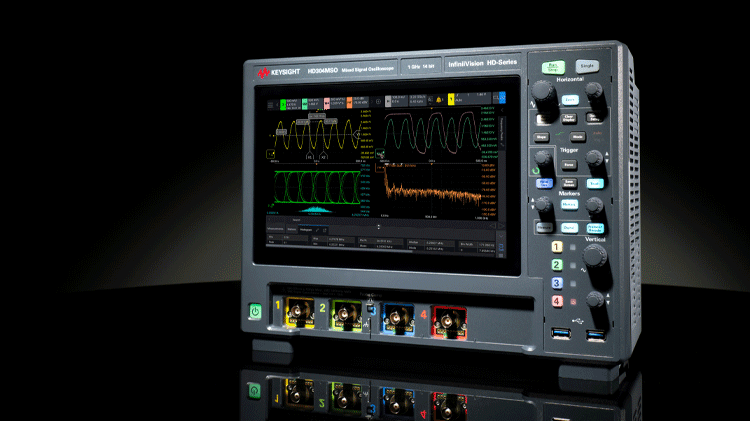
In the new issue of “dataTec unboxed” we present the new InfiniiVision HD3 oscilloscopes from Keysight with 14-bit ADC. ...
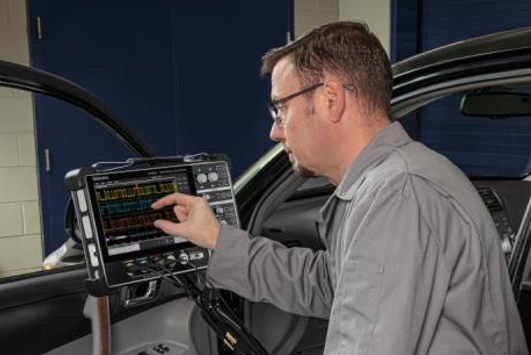
Embedded systems applications are growing rapidly in the automotive industry. Many vehicle designs use CAN, LIN or FlexR...
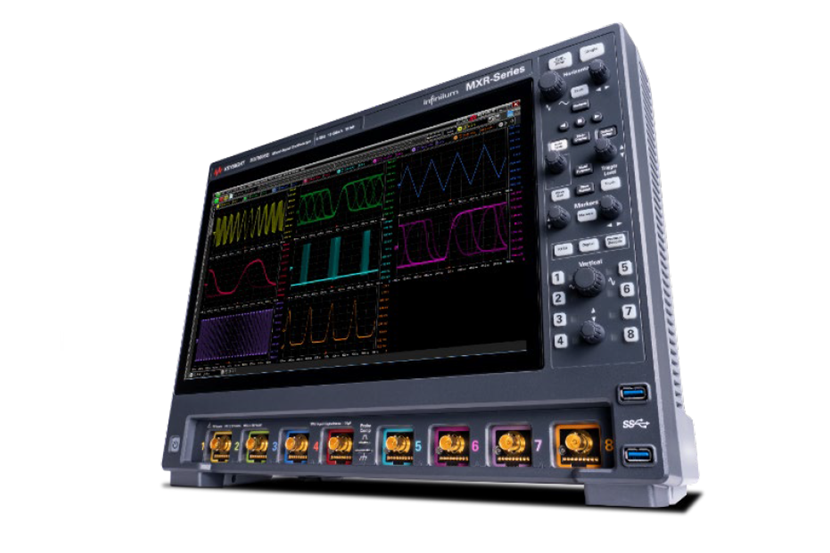
Engineers primarily use oscilloscopes to debug and characterize various automotive serial buses. These include the contr...
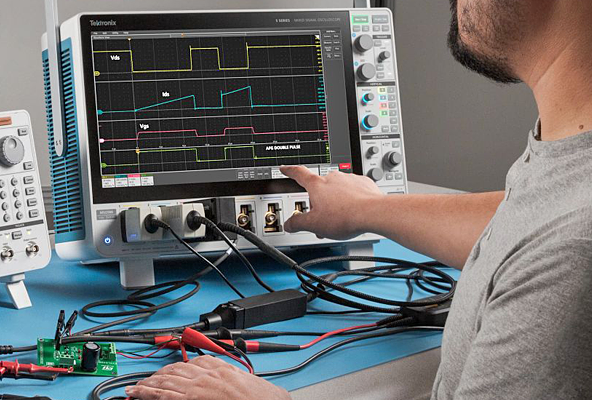
It is widely expected that wide bandgap (WBG) devices—using silicon carbide (SiC) and gallium nitride (GaN) transistors—...
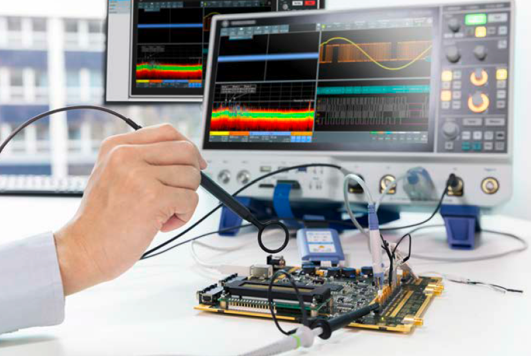
Navigating through the range of available specifications, options and capabilities can be challenging. There are a lot o...
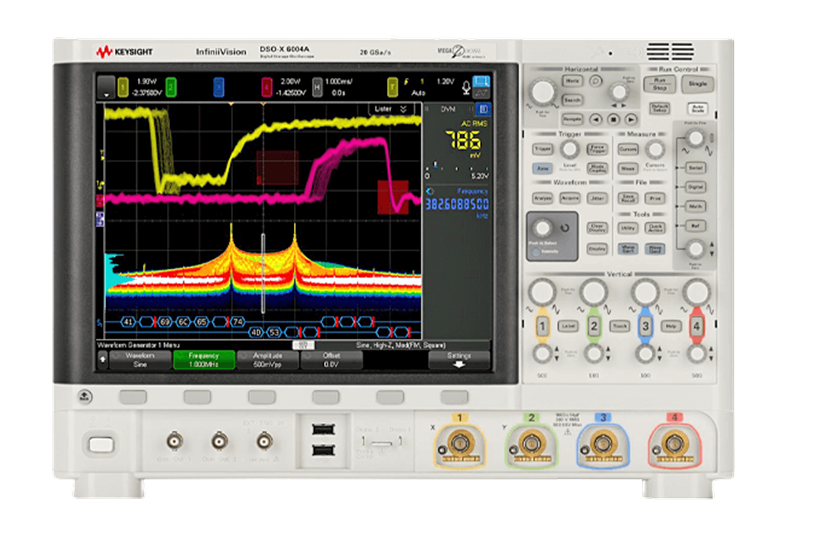
As data rates continue to increase in today’s state-of-the-art high-speed digital designs, timing budgets are decreasing...
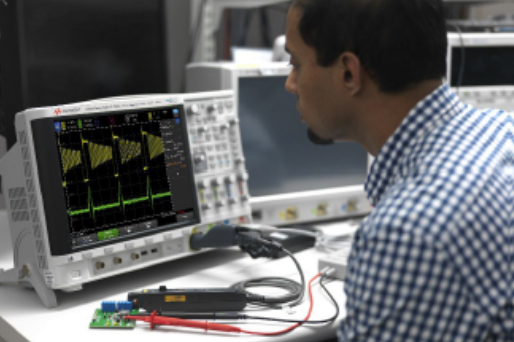
Current probes extend the application abilities of oscilloscopes beyond voltage measurement. Basically, current clamps m...

The market offers a wide choice of oscilloscopes for sale. This makes it difficult to decide which oscilloscope to buy a...
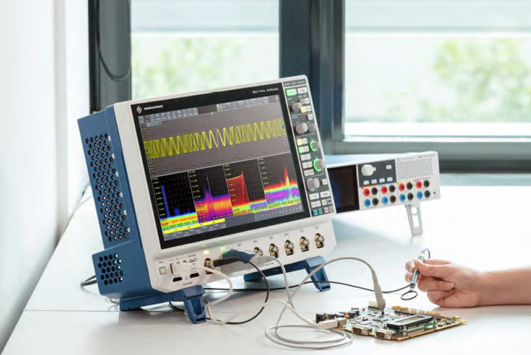
Your oscilloscope trigger determines the precise moment in time your instrument captures critical events of interest. Tr...
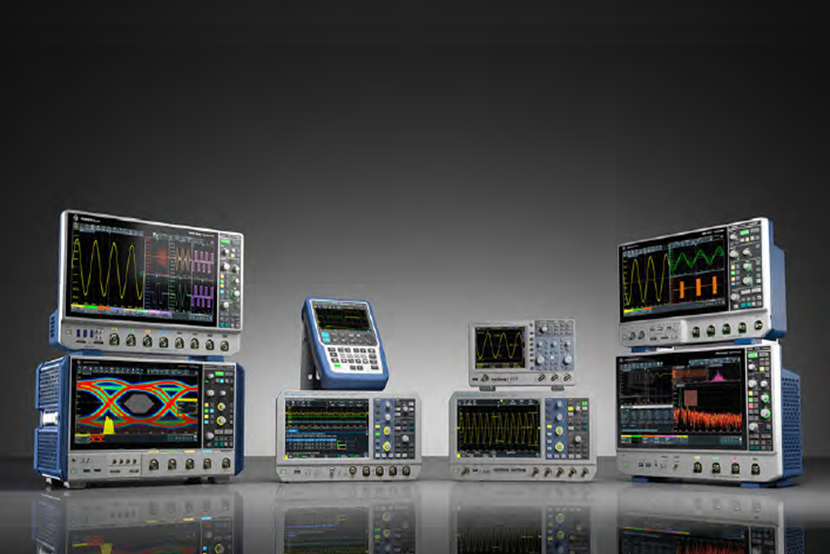
Oscilloscope users consistently rate bandwidth, sample rate and memory depth as the three most important specifications....
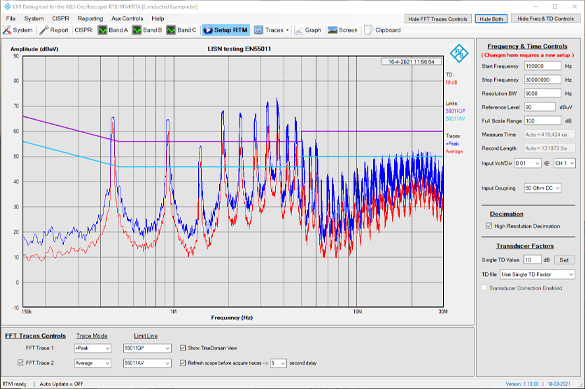
Getting EMI emissions under control is one of those tasks that R&D engineers do not enjoy doing . EMI must often be ...


